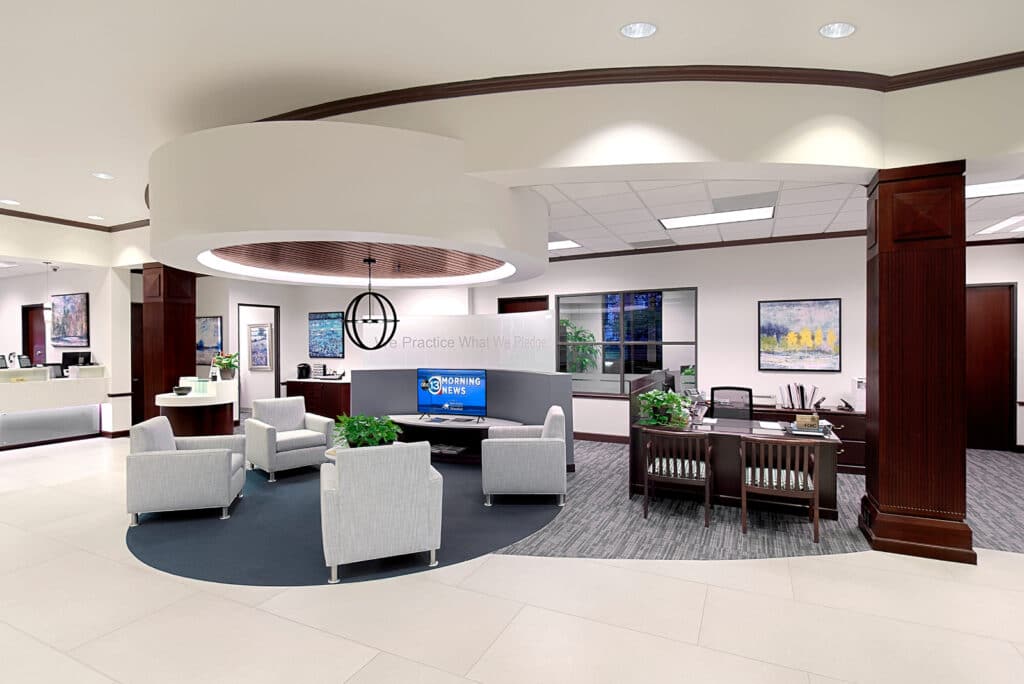Houston, Texas, is no stranger to the challenges posed by climate change, from hurricanes to extreme heat. Architects in the city are responding with innovative and sustainable solutions to create a more resilient future. In this article, we’ll explore Houston’s architectural resilience and how forward-thinking design approaches are helping the city adapt to a changing climate. Join us as we delve into the dynamic intersection of architecture, sustainability, and resilience in the heart of Texas.

Climate Challenges in Houston
Houston’s unique geographical location along the Gulf Coast exposes it to a range of climate-related challenges, including:
- Hurricanes: The city is vulnerable to hurricanes and tropical storms, which can result in flooding and wind damage.
- Heat Waves: Hot and humid summers can create discomfort and health risks for residents.
- Flooding: Houston is prone to heavy rainfall and flooding, leading to property damage and infrastructure issues.
- Sea-Level Rise: Rising sea levels pose long-term threats to coastal areas.
Innovative Architectural Solutions
Architects in Houston are implementing innovative strategies to address these challenges:
- Elevated Design: Some buildings are designed on elevated platforms to reduce flood risk.
- Resilient Materials: The use of flood-resistant and hurricane-resistant materials enhances durability.
- Energy Efficiency: Sustainable building designs focus on energy efficiency to reduce environmental impact.
- Water Management: Advanced stormwater management systems help mitigate flooding.
Resilience and Sustainability
Houston’s architectural resilience isn’t just about adapting to climate change; it’s also about sustainability:
- Green Buildings: Sustainable design principles, like green roofs and energy-efficient systems, are integrated into modern structures.
- Renewable Energy: Some buildings incorporate renewable energy sources, such as solar panels, to reduce reliance on fossil fuels.
- Natural Ventilation: Passive design strategies, like natural ventilation, help reduce the need for mechanical cooling.
Dwight Patterson Architecture’s Role in Resilient Design
At Dwight Patterson Architecture, we are committed to creating resilient and sustainable architectural designs that address Houston’s climate challenges. Our approach includes:
- Site Analysis: We conduct thorough site analyses to understand environmental risks and opportunities.
- Climate-Responsive Design: Our designs are tailored to respond to the local climate, enhancing comfort and energy efficiency.
- Material Selection: We prioritize resilient and sustainable materials that withstand environmental stresses.
If you’re seeking architectural resilience and sustainability in your next project in Houston, Texas, contact us today. Together, we can build a more resilient and sustainable future while addressing the climate challenges that shape our city.
SEO Keywords:
- Houston architectural resilience
- Sustainable architectural design Texas
- Climate-resilient buildings Houston
- Innovation in Houston architecture
- Adapting to climate change Texas
Meta Description: Discover Houston’s architectural resilience as architects tackle climate change challenges with innovative and sustainable design solutions. Explore how resilient materials, elevated designs, and green building principles are shaping a more sustainable and adaptive future for the city.
